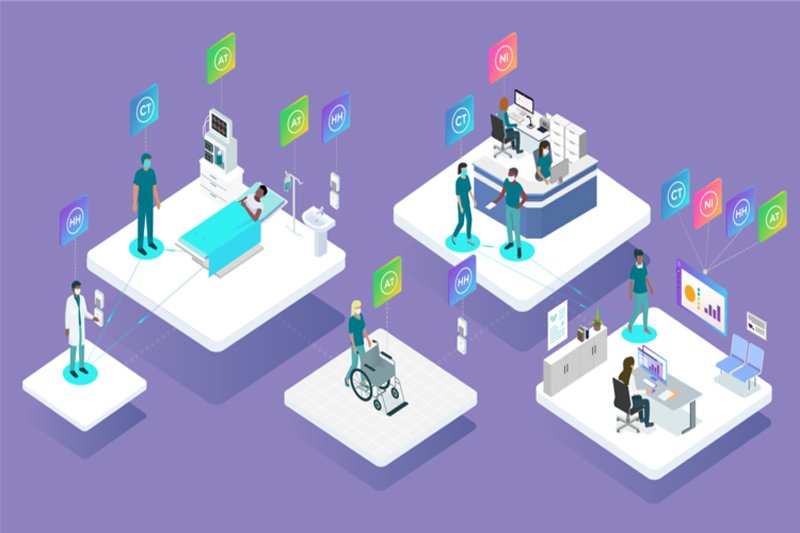The Effect Of Covid 19 Outbreak On The Prevalence Of IOT And RTLS In Hospitals
The Spread Of Covid 19 Has Led To Some Solutions Being Widely Accepted In Businesses And Occupations, And The Way For Their Integration Into Society Has Become Smoother.
Extensive use of telecommuting and cloud space are among them. One of the technologies that have become more and more popular with the advent of Covid 19 is the Internet of Things. Also, one of the areas in which the use of the Internet of Things plays a life-saving role is the field of treatment.
Statistics show that in the year that has passed since the widespread outbreak of the new corona globally, the Internet of Things has received more and more attention, and the process of its acceptance by businesses has accelerated.
The health sector has always strived to reduce costs, increase staff productivity, prevent errors, maximize the useful use of the equipment, and endure great pressure.
In the past year, with the outbreak of Covid 19, these pressures have increased. Even in some cases, there are not enough hospital beds and equipment for all patients, and many hospitals have faced staff shortages at times.
Needless to say, this imposed work pressure will cause a gradual decline in the ability of the medical staff.
Another challenge that is now becoming more prevalent with the outbreak of coronation is that staff at hospitals, and medical centers are spending more time preparing the equipment and items they need.
It should be noted that as much as they spend time doing so, they lose time caring for patients. Needless to say, the correct and optimal use of time in situations such as the outbreak of Covid 19 is vital.
Now that the world is struggling with Covid 19, making the most of the available equipment, ensuring staff health, and preventing the transmission of disease in hospitals have become much more important than ever.
This is where the Internet of Things (IoT) and location systems, or RTLS for short, come into play. These solutions enable the connection and management of devices in medical centers.
RTLS, which is part of the Internet of Things, allows you to send location data to a central server via Wi-Fi or Ethernet by tagging equipment and people, thus helping to locate people or equipment faster.
Tracking hospital staff and equipment plays an important role in resource management, especially in critical situations such as the outbreak of Covid 19.
Now that the world is struggling with Covid 19, making the most of the available equipment, ensuring staff health, and preventing the transmission of disease in hospitals have become much more important than ever.
This is where the Internet of Things (IoT) and location systems, or RTLS for short, come into play. These solutions enable the connection and management of devices in medical centers. For example, RTLS, which is part of the Internet of Things, allows you to send location data to a central server via Wi-Fi or Ethernet by tagging equipment and people, thus helping to locate people or equipment faster.
Tracking hospital staff and equipment plays an important role in resource management, especially in critical situations such as the outbreak of Covid 19.
Now that the world is struggling with Covid 19, making the most of the available equipment, ensuring staff health, and preventing the transmission of disease in hospitals have become much more important than ever.
This is where the Internet of Things (IoT) and location systems, or RTLS for short, come into play.
These solutions enable the connection and management of devices in medical centers. For example, RTLS, which is part of the Internet of Things, allows you to send location data to a central server via Wi-Fi or Ethernet by tagging equipment and people, thus helping to locate people or equipment faster.
Tracking hospital staff and equipment plays an important role in resource management, especially in critical situations such as the outbreak of Covid 19.
This is where the Internet of Things (IoT) and location systems, or RTLS for short, come into play. These solutions enable the connection and management of devices in medical centers.
RTLS, which is part of the Internet of Things, allows you to send location data to a central server via Wi-Fi or Ethernet by tagging equipment and people, thus helping to locate people or equipment faster.
Tracking hospital staff and equipment plays an important role in resource management, especially in critical situations such as the outbreak of Covid 19.
This is where the Internet of Things (IoT) and location systems, or RTLS for short, come into play.
These solutions enable the connection and management of devices in medical centers.
RTLS, which is part of the Internet of Things, allows you to send location data to a central server via Wi-Fi or Ethernet by tagging equipment and people, thus helping to locate people or equipment faster. Tracking hospital staff and equipment plays an important role in resource management, especially in critical situations such as the outbreak of Covid 19.
RTLS, which is part of the Internet of Things, allows you to send location data to a central server via Wi-Fi or Ethernet by tagging equipment and people, thus helping to locate people or equipment faster.
Tracking hospital staff and equipment plays an important role in resource management, especially in critical situations such as the outbreak of Covid 19.
RTLS, which is part of the Internet of Things, allows you to send location data to a central server via Wi-Fi or Ethernet by tagging equipment and people, thus helping to locate people or equipment faster.
Tracking hospital staff and equipment plays an important role in resource management, especially in critical situations such as the outbreak of Covid 19.
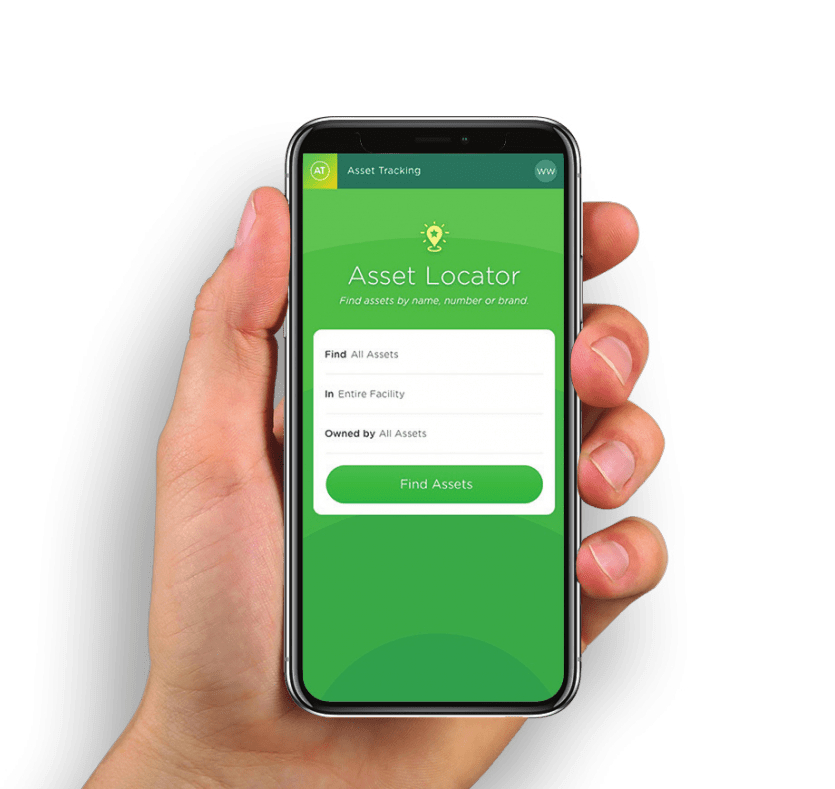
Optimal management of hospital resources
According to a study, nurses spend 25% of their working time, about a week, a month finding the equipment and items they need. Using RTLS, nurses can quickly find the equipment they need and thus spend more time caring for patients, saving time (Figure 1).
Hospitals often spend money on extra items hoping that they will not run out of equipment in a crisis and that medical staff will have access to the equipment they need as soon as possible.
Of course, this storage of items may make it difficult to manage them. RTLS makes it possible to manage better and organize these assets. This reduces operating costs because with the proper management of existing resources, and less money will be spent on new items. RTLS helps to increase equipment performance significantly.
With this solution, the condition of the equipment can be monitored, and as a result, the malfunction of the devices and equipment can be prevented.
The defective performance of devices may delay the process for hours.
Data collected during monitoring with the help of RTLS allows proactive maintenance of equipment at regular intervals. One of the attractive applications of RTLS is that it is possible to predict the future use of equipment based on how it is used and used.
This ability to track and anticipate usage enables hospitals to plan equipment preparation. The items they use most are operational, and the equipment they need the least is prioritized.
The defective performance of devices may delay the process for hours. Data collected during monitoring with the help of RTLS allows proactive maintenance of equipment at regular intervals.
One of the attractive applications of RTLS is that it is possible to predict the future use of equipment based on how it is used and used. This ability to track and anticipate usage enables hospitals to plan equipment preparation. The items they use most are operational, and the equipment they need the least is prioritized.
The defective performance of devices may delay the process for hours.
Data collected during monitoring with the help of RTLS allows proactive maintenance of equipment at regular intervals.
One of the attractive applications of RTLS is that it is possible to predict the future use of equipment based on how it is used and used.
This ability to track and anticipate usage enables hospitals to plan equipment preparation. The items they use most are operational, and the equipment they need the least is prioritized. One of the attractive applications of RTLS is that it is possible to predict the future use of equipment based on how it is used and used.
This ability to track and anticipate usage enables hospitals to plan equipment preparation. The items they use most are operational, and the equipment they need the least is prioritized.
One of the attractive applications of RTLS is that it is possible to predict the future use of equipment based on how it is used and used.
This ability to track and anticipate usage enables hospitals to plan equipment preparation. The items they use most are operational, and the equipment they need the least is prioritized.

Figure 1 – Medical staff can easily locate the items they need in the hospital with the help of IoT and RTLS.
Help the treatment staff.
Operation automation is one of the tools that IoT and, more precisely, RTLS treats the staff. Nurses have to perform multiple repetitive tasks in each shift, such as manually measuring and recording the patient’s weight, temperature, blood pressure, and oxygen level. If nurses mistake entering the data, problems will arise, and even the treatment process will be disrupted.
RTLS helps to automate recording such data, thus minimizing the problems caused by human error and, at the same time, saving staff time. For example, during the Covid 19 outbreak, this automation and repetitive tasks to machines greatly helped the medical staff.
In addition to connecting equipment and people to the central database, RTLS adds other features to the hospital workflow. For example, labeled doors can be programmed to open or close as needed without manual intervention, or elevators can be stopped and opened as soon as the bed reaches the elevator. As a result, such cases will save more time (Figure 2).
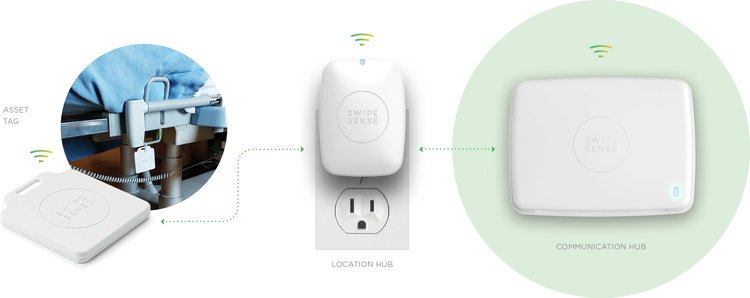
Figure 2 – An example of an RTLS solution.
Here, by attaching a special sticker to the bed, it is possible to trace it. This tag is connected to a hub that connects directly to the outlet and does not require hospital wifi.
RTLS makes it easier to track the health of medical staff by providing them with location tracking. For example, when a person becomes infected in a hospital due to contact with a patient, it must be quarantined. On the other hand, contact tracing methods should identify other people who may have been infected in a chain (Figure 3). ).
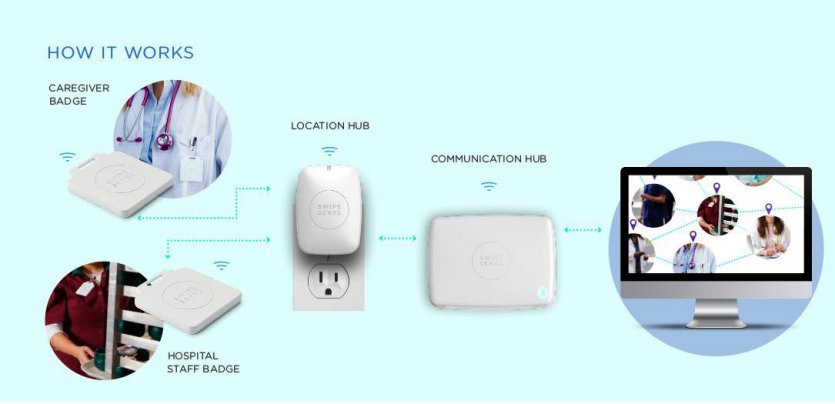
Figure 3 – RTLS helps track contacts and find the contamination chain.
Hospitals need to know exactly who has been infected, when, and how. Using RTLS and tagging staff and equipment, people who may be infected can be identified. Identifying and disinfecting equipment that has been contaminated by contact with an infected person or persons is another benefit of using RTLS in hospitals.
This simplifies the process of sterilizing and securing operating rooms. With the help of RTLS, it is possible to ensure that all labeled equipment is properly disinfected. In addition, RTLS allows monitoring and control of operating room temperature and humidity, which significantly affects bacterial growth.
Even with the labeling of detergent tanks, the number of times employees wash their hands can be monitored (Figure 4).
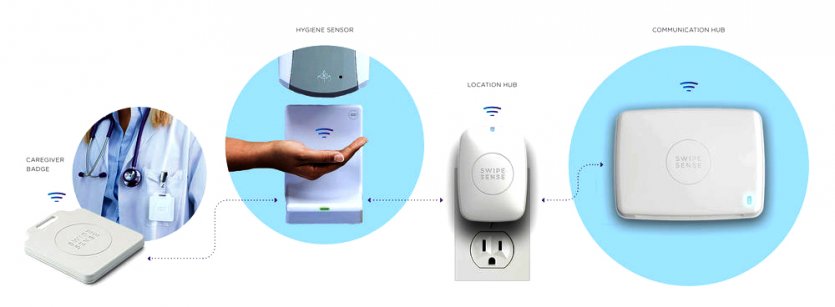
Figure 4 – By labeling detergent tanks, the number of times employees wash their hands can be monitored.
What do the researchers say?
According to the Gartner Research Institute study, although the effects of quarantine and shutdowns caused by the Covid 19 outbreak caused several organizations to reduce their IoT investments, they also encouraged a larger group to reduce the negative effects of imposition. From Corona, spend more on the Internet of Things (Figure 5).
Covid 19 has become the driving force behind the expansion of IoT use, complemented, of course, by artificial intelligence and digital twins.
Gartner predicts that by 2023, one-third of medium- to large-scale companies that have implemented the Internet of Things will use at least one digital twin in their implementations. This is one of the effects of the Covent 19 outbreak.
Gartner’s research examines the views of hundreds of people from Germany, the United Kingdom, the United States, Australia, Singapore, and India. The study found that 47 percent of businesses plan to increase their IoT investments.
The important point is that although these companies do not have much experience in IoT, they will benefit greatly from implementing IoT in the future.
They are confident that investing in the Internet of Things will benefit them and that this investment will pay off in the future. New research from Vodafone Business also shows that the trend of businesses using the IoT solution is growing due to Covid 19. The study was conducted in collaboration with more than 1,600 businesses from 13 countries in May 2020 during the Corona Restrictions.
According to the study, although many IoT projects were delayed due to limitations due to corona outbreaks, 81% of businesses now prioritize the use of IoT-based solutions. In addition, more than two-thirds, or 77 percent, of those surveyed said that the prevalence of Covid 19 had led to greater stability and adaptability of their operations by rethinking their methods and turning to the Internet of Things.
This will speed up the implementation of IoT-based projects.
On the other hand, this research sheds more light on the role that the Internet of Things plays concerning data. For example, 86% of the respondents stated that the Internet of Things had changed how they analyze and work with data.
More than two-thirds of 77 percent of the participants in the study said that the prevalence of Covid 19 has led to greater stability and adaptability of their operations by reviewing their methods and turning to the Internet of Things.
This will speed up the implementation of IoT-based projects. On the other hand, this research sheds more light on the role that the Internet of Things plays concerning data. For example, 86% of the respondents stated that the Internet of Things had changed how they analyze and work with data.
More than two-thirds, or 77 percent, of those surveyed said that the prevalence of Covid 19 had led to greater stability and adaptability of their operations by rethinking their methods and turning to the Internet of Things.
This will speed up the implementation of IoT-based projects. On the other hand, this research sheds more light on the role that the Internet of Things plays concerning data. For example, 86% of the respondents stated that the Internet of Things had changed how they analyze and work with data.
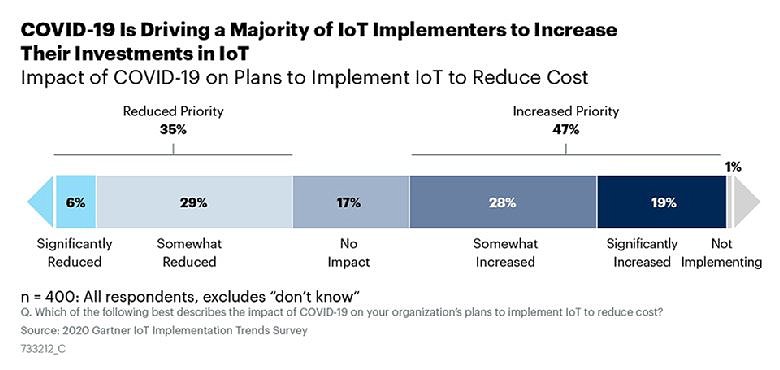
Figure 5 – Gartner Research Results: Covid 19 will significantly increase investment in the IoT industry.
Some experts believe that the Internet of Things is changing the way companies think and act. According to IoT experts, it is growing. IoT is an essential technology for businesses that want to be more resilient and resilient and adapt and respond to change more quickly.
In the current crisis caused by the corona, agility and flexibility have become increasingly important for businesses. These are the features that can be achieved with the help of the Internet of Things.
Although Vodafone reports that this type of technology is more reliable and will be more widespread, cybersecurity remains an important challenge to consider.
However, 43% of those surveyed by Vodafone believe that IoT opportunities outweigh challenges such as security.
The miracle of machines
The use of the Internet of Things may be less prevalent in the health field than in other areas. Still, the prevalence of coronation has been a driving force for the widespread use of the Internet of Things, especially in medicine and health.
In this way, with the help of this solution, the workload imposed on the medical staff can be reduced, and the medical infrastructure can be maintained. RTLS-based solutions in areas such as equipment tracking, personnel, and automation to reduce pollution will continue in the post-corona era.
In the future, innovations such as artificial intelligence, robotics, and health security will gradually gain a foothold in the field of health. The value of the hospital asset tracking industry is projected to reach more than $ 53 billion by 2025, which means that we are still at the beginning of a path that will bring great financial and human benefits to human society.
It will accompany, and this is the miracle of machines.
PS:
1- Digital Twin is a digital copy of a physical product created and developed simultaneously with the product’s initial design. In fact, the digital twin reflects the current state of the object.












